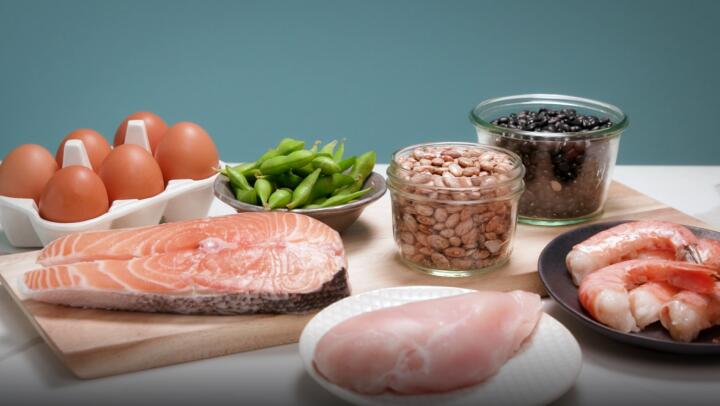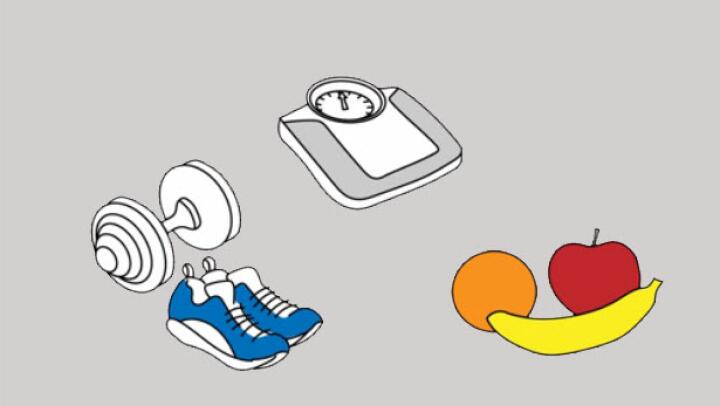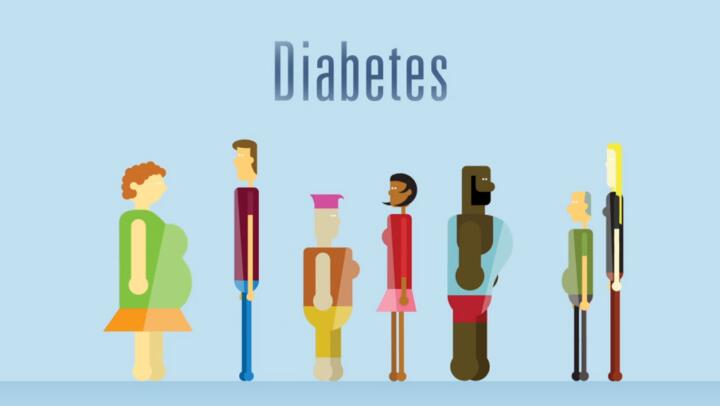This article will discuss subcutaneous fat, its associated conditions, and some tips to help reduce subcutaneous fat.
Sex and gender exist on a spectrum. This article uses the terms “female” and/or “male” to refer to sex that was assigned at birth.
Learn more about the difference between sex and gender here.
What is subcutaneous fat?

There are two types of fat in the body: subcutaneous and visceral fat. Subcutaneous fat is the type of fat you can feel because it is under the skin. Some people describe it as the kind of fat you can “jiggle.”
Subcutaneous fat plays many important roles, including:
- being an energy source for the body
- protecting the body from injury
- affecting the body’s ability to heal
- playing a role in hormone messaging
In contrast, visceral fat is deep in the abdominal cavity and around organs. Experts consider visceral fat to be more dangerous than subcutaneous fat. Research links it to an increased risk for many different diseases.
Both types of fat are necessary for the body to function. However, too much of either may be harmful to your health.
What conditions are associated with subcutaneous fat?
Excess subcutaneous fat is typically present in people with obesity, which experts define as a body mass index (BMI) of 30 or greater. Obesity
Excess body fat is also a risk factor for many different conditions, including:
- insulin resistance
- type 2 diabetes
- cardiovascular disease
- immune disorders
- nonalcoholic fatty liver disease
- several types of cancers
- kidney disease
- dementia
Obesity and fat cells can harm the body because obesity leads to chronic low-grade inflammation. Additionally, expanding fat cells release pro-inflammatory cytokines that can damage fat tissue and promote insulin resistance.
It is also important to understand that excess fat does not always correlate with weight. It is possible to be overweight without having excess fat. It is also possible to be at a moderate weight but still have excess fat cells.
10 things doctors want you to know about weight and obesity.
How much subcutaneous fat should I have?
A
| 20–39 years old | 40–59 years old | 60–79 years old | |
| Female | 21–33% | 23–34% | 24–36% |
| Male | 8–20% | 11–22% | 13–25% |
BMI is a calculation of a person’s body fat based on their height and weight. However, studies show that it is a poor indicator of a person’s body fat percentage. It can be misleading because the measure does not account for overall body composition. Factors the BMI measurement overlooks include bone density, muscle mass, and visceral versus subcutaneous fat.
This means that these body fat percentages can vary for everyone and may not accurately indicate your percentage of subcutaneous fat. For additional information, talk with your doctor about other body fat assessment methods.
What are the best exercises to burn subcutaneous fat?
To help reduce the associated risks of excess fat, your doctor may recommend incorporating exercise into your daily routine.
Exercises to reduce overall body fat can help burn off excess subcutaneous fat. These include:
Aerobic exercises
Aerobic exercise uses fat as a primary fuel, so it can help burn fat. Aerobic exercise is any type of movement that increases your heart rate for a certain amount of time. Some examples include:
- brisk walking
- running
- swimming
- jumping rope
- cycling
Strength training
Strength training can help burn off excess fat. Having
Increasing your muscle mass also increases your body’s storage capacity for glycogen, a form of glucose. This means your body can store more energy in your muscles instead of storing it as fat. More muscle mass also increases insulin sensitivity and helps reduce blood sugar, which helps with weight management.
High intensity interval training
High intensity interval training (HIIT) is an efficient and effective way to burn off excess fat. Compared with aerobic exercise, HIIT leads to a
The
Always discuss any significant exercise changes with your doctor. Some exercises, especially ones that significantly increase heart rate, may not be safe for some people.
Learn the 12 best exercises for weight loss.
What are some other tips to lose subcutaneous fat?
The key to healthy weight loss is a multifaceted approach that addresses several aspects of health, such as:
- stress management
- sleep hygiene
- blood sugar management
- a balanced diet
- physical activity
Here are some additional tips that can help you lose subcutaneous fat:
Manage your stress levels
Stress
There are several ways you can reduce your stress levels, such as:
- engaging in physical activity
- meditating
- practicing mindfulness
- trying breathing exercises
- talking about your stress with a trusted source
Prioritize protein in your diet
A high protein diet
- stay full
- get enough nutrients
- keep your blood sugar levels stable
- build more muscle mass
Get enough sleep
According to the
What foods can lead to excess subcutaneous fat?
There is no one-size-fits-all diet. However, certain foods can cause more excess body fat than others. Understanding the difference can help you make the best nutrition choices for you.
Research has linked the following foods to higher levels of fat in the body:
Ultra-processed foods
Ultra-processed foods
- packaged foods, such as:
- potato chips
- sugary breakfast cereals
- crackers
- baked goods, such as:
- pastries
- cakes
- cookies
Excess sugar
Added sugars have links to obesity, metabolic syndrome, and diabetes. A
- obesity
- diabetes
- hypertension
- death
High glycemic carbohydrates
Carbohydrates that cause a sudden increase in your blood sugar levels also correlate to obesity and excess fat levels. This includes:
- white potatoes
- white rice
- white bread
- sugary snacks and drinks
Summary
Subcutaneous fat is critical for your health and functionality. However, too much can be harmful. Excess subcutaneous fat often occurs alongside obesity, which is a BMI of 30 or greater. Obesity can damage the fat tissue, increasing your risk of various diseases.
Several different strategies can help lower excess fat levels. If your doctor recommends reducing body fat, discuss a strategy that combines diet, exercise, stress management, and sleep hygiene.






























